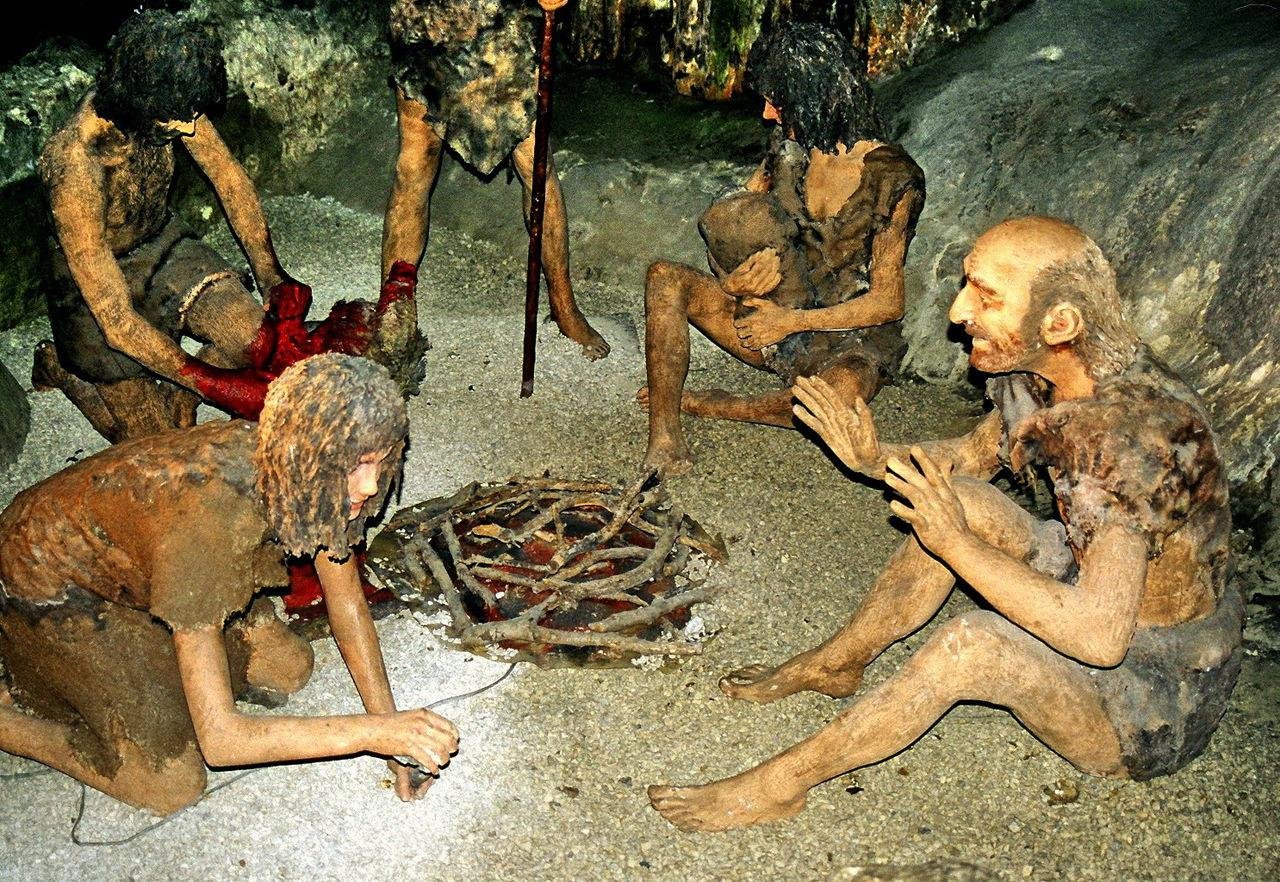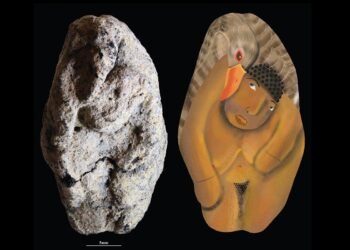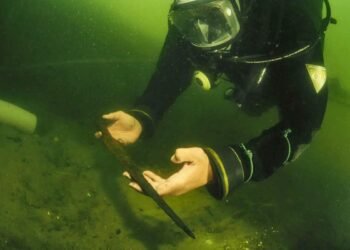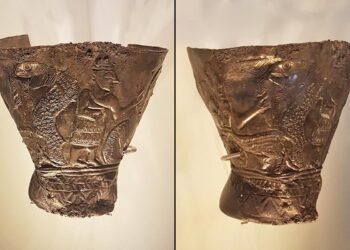At some time in prehistory, modern humans and Neanderthals met—and made love. But how long and where the two species interbred has remained a mystery.

Now, according to a reevaluation of radiocarbon dating, our ancestors overlapped with Neanderthals in the region for 1,400-2,900 years before disappearing as a distinct species around 40,000 years ago, sharing not only genes but maybe culture as well. Research suggests that the two species may have imitated each other’s jewelry and stone tools.
“There are a lot of similarities in the way the two species were producing material culture and behaving in this region,” said Igor Djakovic, a PhD student at Leiden University and the study’s first author. “It lends credence to the idea that there was some kind of interaction going on.”
That time period coincides to a critical era in human history. In Europe, the Châtelperronian industry—consisting of palm-sized scrapers and knives traditionally associated with Neanderthals—was replaced by a kit of more sophisticated tools known as the proto-Aurignacian industry, which featured smaller, more precisely worked blades traditionally associated with modern humans.
The researchers analyzed 56 Neanderthal and modern human artifacts (28 from each group) from 17 archaeological sites in France and northern Spain, as well as 10 Neanderthal specimens from the same area. Radiocarbon dating had been performed on all samples.
Djakovic said that the chronological analysis revealed the almost simultaneous appearance of perforated mammal teeth, believed to be a form of jewelry, at sites associated with both species. Sites linked to both modern humans and Neanderthals show a shift to more standardised blade-like stone tools. “This could potentially indicate an exchange of ideas or knowledge,” Djakovic said.
The authors used computational modeling to estimate the date ranges for these samples in order to determine when these human groups were present at the sites.
According to the study, Neanderthal artifacts first appeared between 45,343 and 44,248 years ago, and then disappeared between 39,894 and 39,798 years ago, shortly before Neanderthals became extinct. Modern humans are thought to have first appeared between 42,653 and 42,269 years ago and have never left, suggesting a 1,400 to 2,900 year overlap.
“The emerging consensus is that Neanderthals living in Europe were living in smaller populations,” Djakovic added. “You had larger populations of modern humans coming in and [the Neanderthals] were swallowed into these populations. You could make the argument that they never really disappeared.”
“This study confirms previous work that shows a considerable overlap of several thousand years between different human populations (Neanderthals and modern humans) in western Europe, during which time these groups met one another and occasionally interbred prior to the final disappearance of Neanderthals around 39-40,000 years ago,” said Prof Tom Higham, whose research previously indicated a similar overlap between modern humans and Neanderthals. The study was published in the journal Scientific Reports. — Sources: Science Magazine / The Guardian
More information: Djakovic, I., Key, A. & Soressi, M. (2022). Optimal linear estimation models predict 1400–2900 years of overlap between Homo sapiens and Neandertals prior to their disappearance from France and northern Spain. Sci Rep 12, 15000. https://doi.org/10.1038/s41598-022-19162-z






















